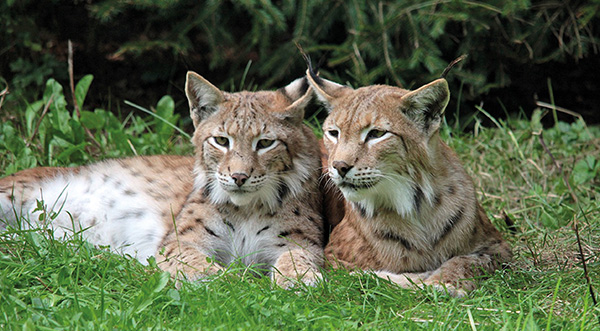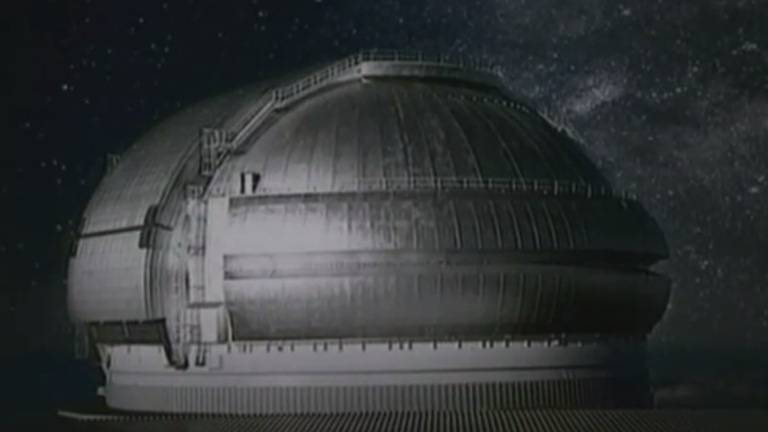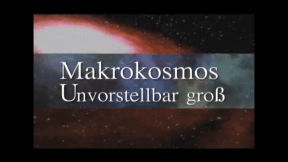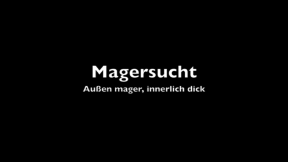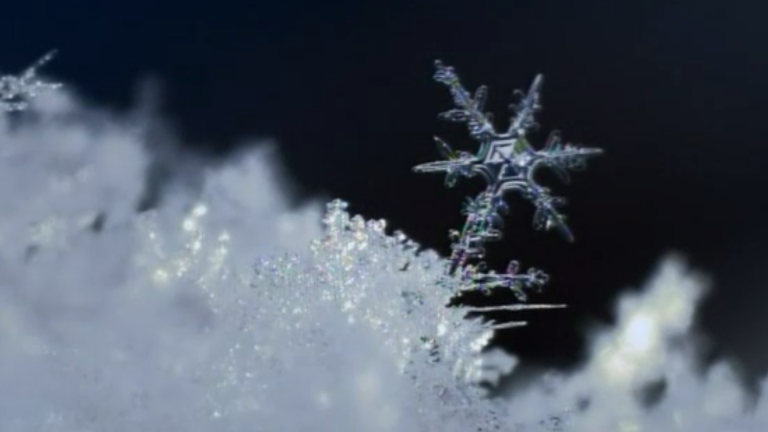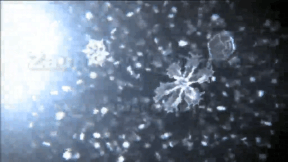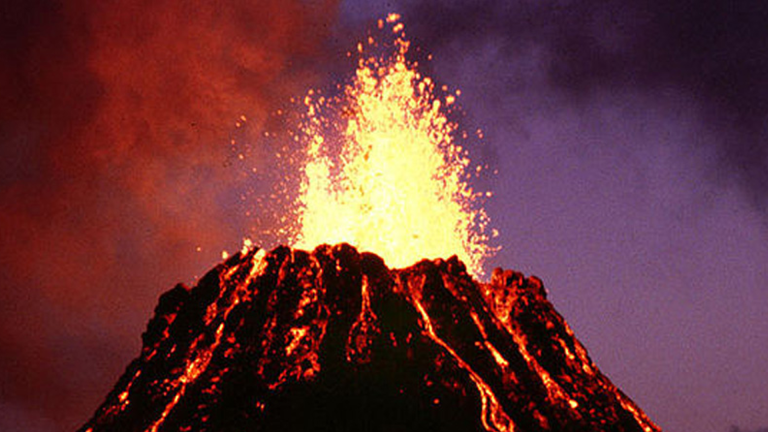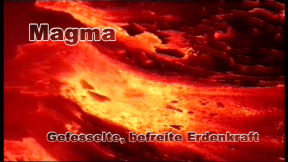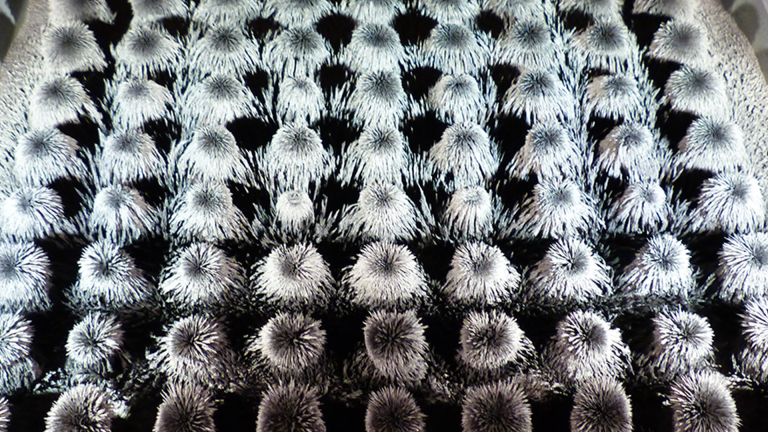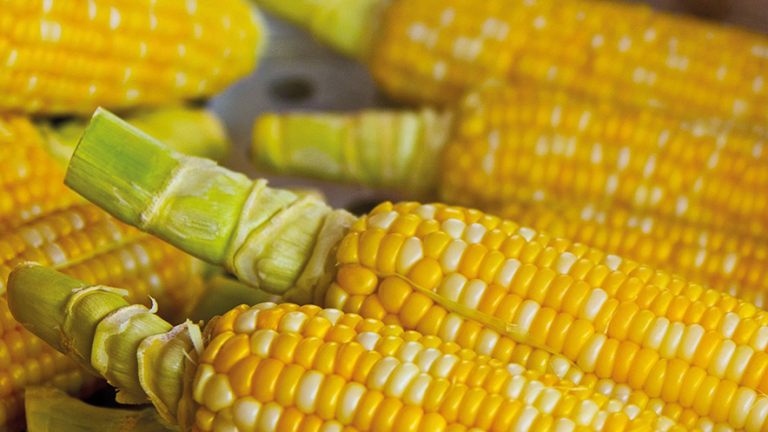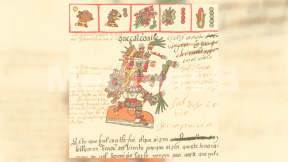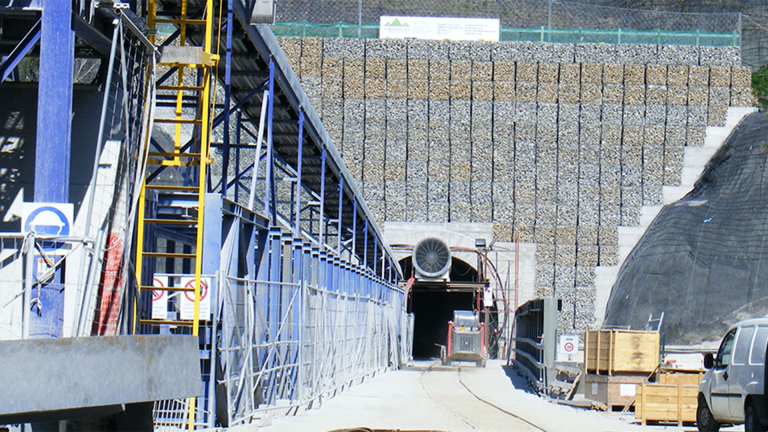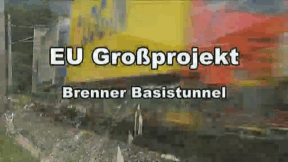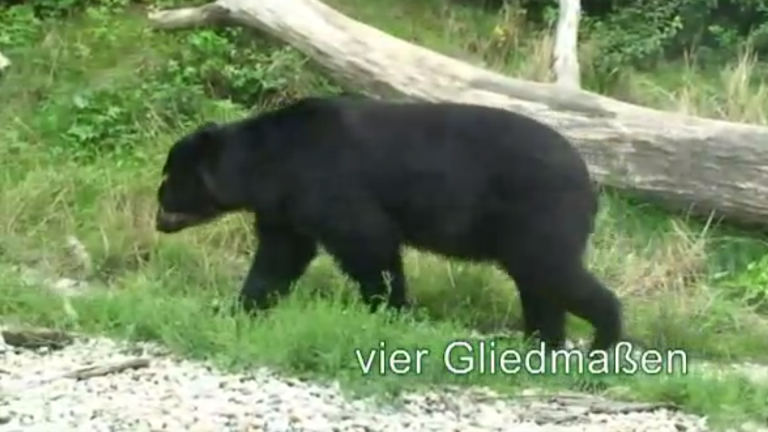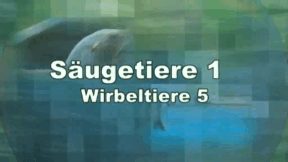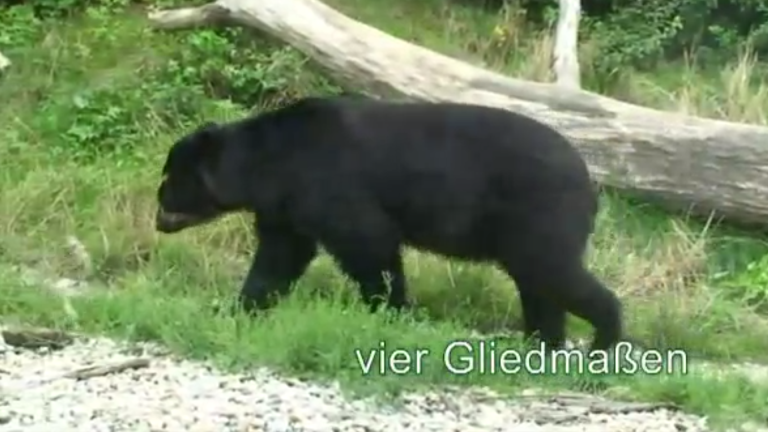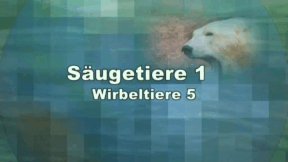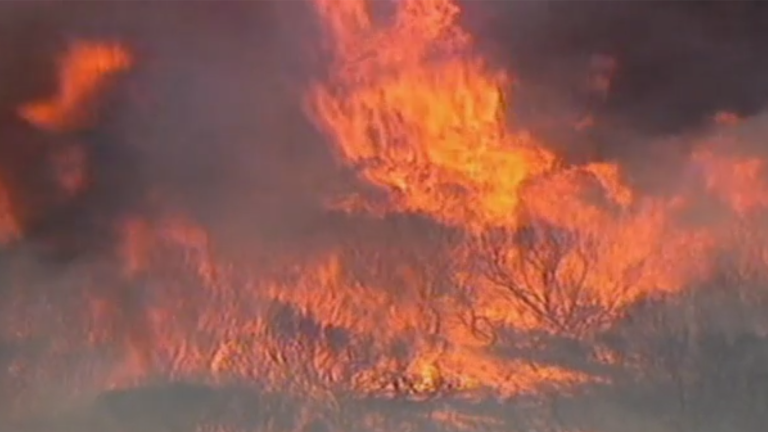Suche:
- # Artistry
- # Biology
- # Chemistry
- # Ecological
- # Economy
- # English
- # Foreign Language
- # Geography
- # German
- # Health
- # History
- # Informatik
- # Latin
- # Mathematics
- # Media Education
- # Music
- # Physics
- # Politics / Civics
- # Preschool
- # Primary School
- # Religion
- # Society
- # Sports
- # Technology
- # Training of Teachers
- # Vocational Education
Lynx and wildcat
The film introduces two native large carnivores - the lynx and the wildcat.
Learn moreMacrocosm
Macrocosm – what is that? The film discusses this question in detail. Where does macrocosm begin? Can we imagine or even perceive its dimensions? The film illustrates in a descriptive way that macrocosm begins already on Earth, for instance in the forest..
Learn moreMagersucht
Hungern um jeden Preis – nach Schätzungen der Bundeszentrale für gesundheitliche Aufklärung leiden mehr als 100.000 Menschen in Deutschland an Magersucht. Besonders erschreckend dabei ist: Die Patienten werden immer jünger.
Learn moreMagical World of Snow
With descriptive real and trick sequences, the film explains how snow forms and what different kinds of snow crystals there are. We observe a snow researcher at work and watch growing snow crystals under a microscope in spectacular close-ups. The film also answers the questions why snow looks white to us or crunches; it shows sledge dogs in action and explains ingenious survival strategies of animals in winter. Other clips show the joy of some winter sports but also point out their dangers. A tourist guide explains the precautionary measures to avoid a possible risk of avalanches. The topic of snow cannons is also covered in the film – like glaciers, too, or artificial snow in a slightly unusual use. Comprehensive, interdisciplinary accompanying material consolidates and deepens the knowledge of the subject.
Learn moreMagma
The face of our home planet is subjected to constant change. Mountains are created and eroded over time, oceans flood continental areas, glaciers assume gigantic proportions, modify landscapes and melt – all this happens mostly in very long geological periods of time. Far more spectacular and more comprehensible to humans in terms of time, however, are natural phenomena associated with magmatism, above all, when we encounter them in their most obvious manifestation, volcanism. These natural events that entail far-reaching changes on the surface of the earth, sometimes devastating destruction and high casualties, have impressed civilisations, inspired their imagination and often spread fear and terror from time immemorial. Let us look with wonder and awe at the following breath-taking pictures of volcanic eruptions. They spectacularly illustrate the huge, immeasurable forces hidden inside our earth. At the same time, these pictures make us aware how tiny and powerless we are ourselves.
Learn moreMagnetism
You cannot smell, see, hear or feel magnetic force itself. So it seems quite magical to us when a metal object can be moved by a magnet through a glass plate as if by an invisible hand, or when we can stick a piece of paper to the refrigerator door with a small magnet.
Learn moreMais
Mais ist eine der ältesten Kulturpflanzen der Welt. Ursprünglich kommt er aus Mittelamerika und war dort als Nahrung unentbehrlich. Christoph Kolumbus hat einige dieser Getreidepflanzen auf seinen Schiffen mit nach Europa genommen, so verbreitete sich die Pflanze recht schnell.
Learn moreMajor EU Project
The Brenner Base Tunnel and the New Brenner Railway are a project of the Trans-European Networks – in short, TEN. The aim is to connect European countries optimally and to contribute to a more environmental-friendly and efficient organisation of traffic. The transportation of cargo is to be shifted to the railway and public passenger transportation is to become more attractive. The TEN Axis No. 1 runs from Berlin to Palermo.
Learn moreMake up Your Mind!
The young boxer is convinced: »Boxing is fun«. For boxing strengthens your self-confidence because it takes courage, time after time, to step into the ring and because you learn how to fight and to defend yourself. From his personal experience of his first five fights he comments on what a great feeling it is to win. He has not experienced the failure of losing a fight yet, he was able to win four and one ended in a draw. His goal is to have a career, earn money and get better and better. Eventually he wants to be as good as his acknowledged role model the Ukrainian boxer Vladimir Klitschko. He vehemently rejects the idea that Klitschko could dope. The world champion trains his stamina every day by swimming. Then why dope?
Learn moreMammals I
When we talk about animals in everyday conversation, we mostly talk about mammals. Mammals live in water, on land and in the air. Countless species of the most diverse sizes and appearances populate our earth. A clear classification is not always possible because of their adaptation to their different habitats.
Learn moreMammals I
When we talk about animals in everyday conversation, we mostly talk about mammals. Mammals live in water, on land and in the air. Countless species of the most diverse sizes and appearances populate our earth. A clear classification is not always possible because of their adaptation to their different habitats.
Learn moreMan and Climate
The first chapter of this DVD deals with the population development over the past 3000 years and the associated dramatic effects on nature. The massive deforestation and the fast-increasing water consumption are analysed as two examples for the consumption of our resources. The dependency of the regeneration of our water supplies on climatic conditions clearly illustrates the close link between humans and the climate. But what exactly is the climate and how is it determined? This question is discussed in detail in the second chapter. A look back into the past helps us in addressing current questions. The warm High Middle Ages and the following Little Ice Age as well as plant remains, e.g. the annual rings of trees, or animal finds such as dinosaur skeletons allow us to draw conclusions regarding climatic conditions. Will we meet the same fate as the dinosaurs? In the fourth chapter, we visit the climate data processing centre at the MPI. Significant climate changes are predicted in model calculations for the next 100 years. This leads to further important questions: Do we need to act? If yes, when and on what scale? Especially with this last chapter, the pupils are encouraged to recognise their own responsibility in order to shape the future of all of us.
Learn more



